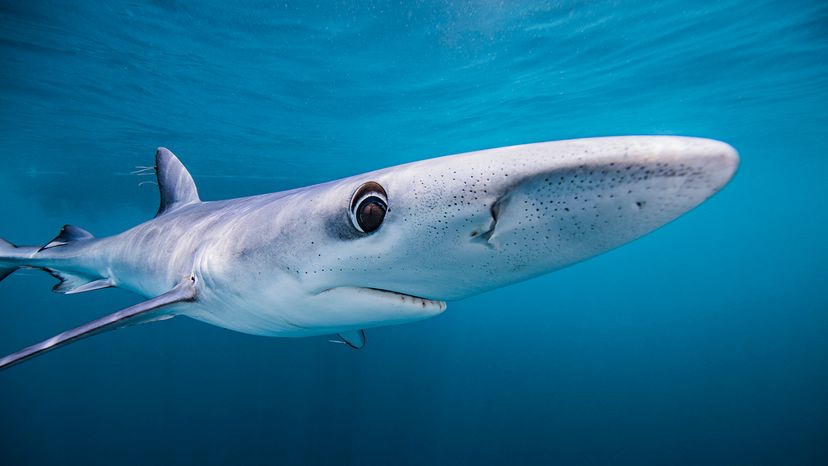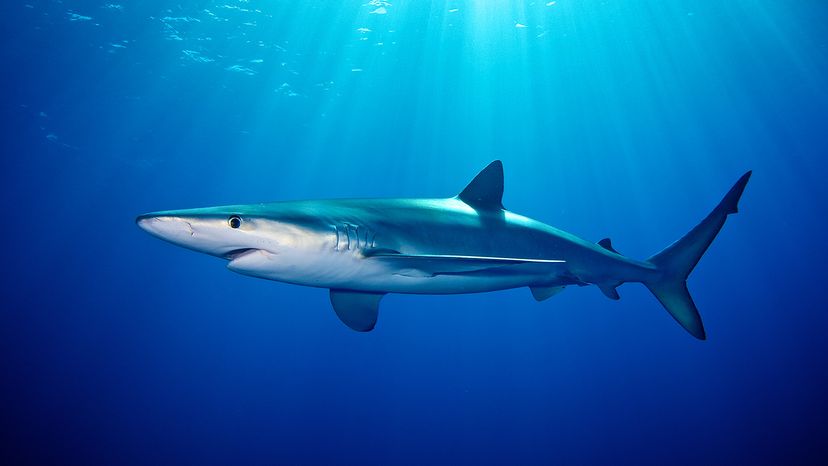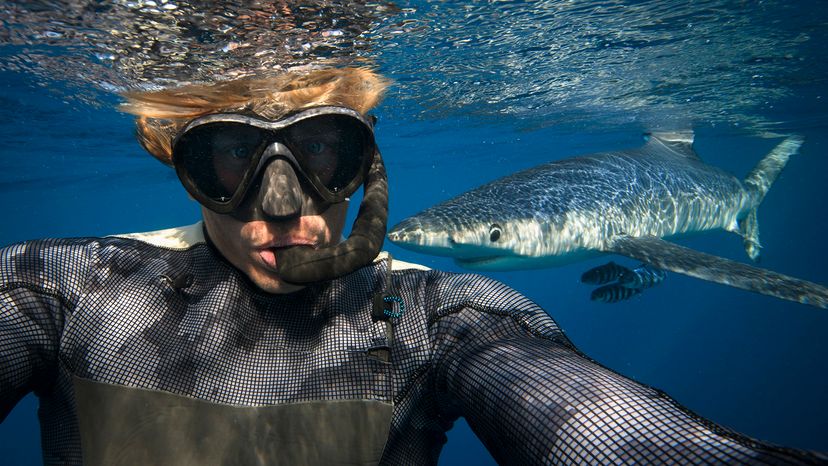
Sleek, fast, and unmistakably tinted with ocean hues, the blue shark is a standout among pelagic sharks.
Known scientifically as Prionace glauca, this wide-ranging shark species slices through temperate and tropical waters around the globe, making its home primarily in the open ocean. With their slender bodies and long, tapered pectoral fins, blue sharks are built for endurance and long-distance travel.
Advertisement
Often referred to as the "blue whaler," this species is a classic example of open-ocean adaptation. Its counter-shaded coloring — deep blue on top and white on the ventral surface — helps it blend into the watery world above and below, camouflaging it from both prey and predators.

